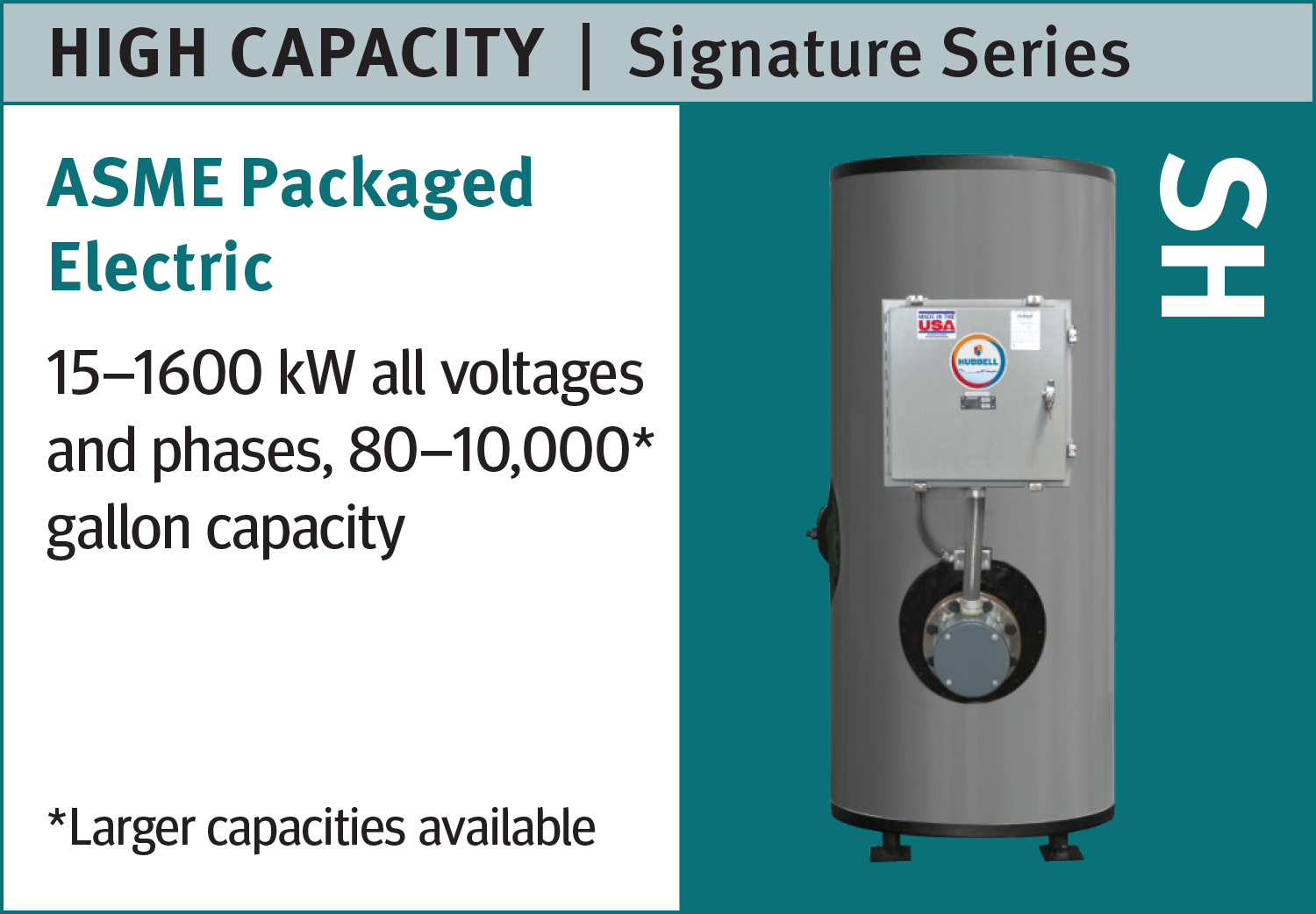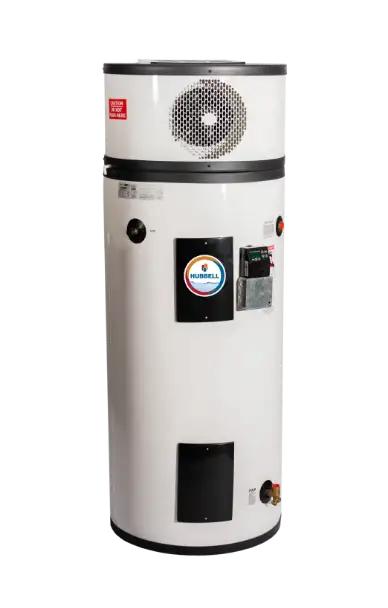UltraPure Series
D
RO/DI Storage Water Heater
1-119 gallon capacity, up to 58 kW, single or three phase voltage

INDUSTRIAL-GRADE CONSTRUCTION
CORROSION RESISTANT
REDUCED PEAK POWER DEMAND
VERSATILE DESIGN
PACKAGED ELECTRICAL CONTROLS
Applications
Industrial finishing and cleaning systems for electronic and fabricated metal parts, ultrasonic cleaning systems, food processing systems, water purification and RO systems, sanitary CIP cleaning systems, and more.
UltraPure Series
D
RO/DI Storage Water Heater
1-119 gallon capacity, up to 58 kW, single or three phase voltage
INDUSTRIAL-GRADE CONSTRUCTION
CORROSION RESISTANT
REDUCED PEAK POWER DEMAND
VERSATILE DESIGN
PACKAGED ELECTRICAL CONTROLS
Applications
Industrial finishing and cleaning systems for electronic and fabricated metal parts, ultrasonic cleaning systems, food processing systems, water purification and RO systems, sanitary CIP cleaning systems, and more.
D Overview
Technical Documents
Request Info about the D
You might also be interested in ...
Hubbell has a water heater for almost every application. Take a look at other options.








